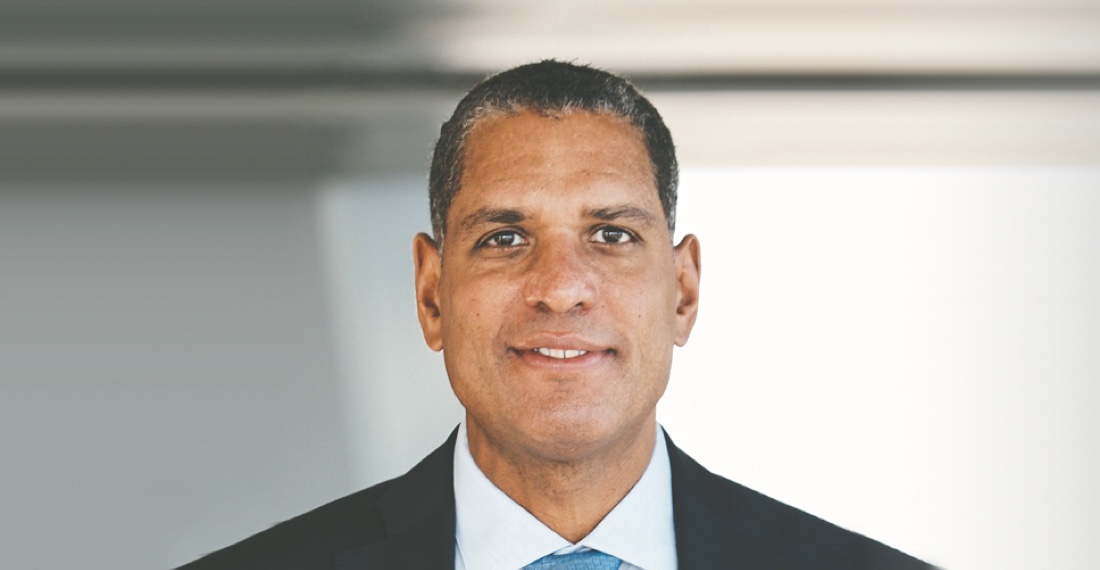Jose Tavarez | President, Bank of America New York City

New York City is your home. It’s ours, too.
We are committed to helping our communities thrive - dedicating our resources to address the issues that matter most in each community where we live and work.

Turning financial knowledge into action
Life doesn’t stop for you, but Bank of America does. We’re not just here to help with your everyday banking. We’re here to help you go further by providing banking solutions, powerful tools and financial education resources like Better Money Habits®.

Make the most of the season! Skate, shop and eat at Bank of America Winter Village in Bryant Park from Oct. 24, 2025 to Mar. 1, 2026. Plus, Bank of America cardholders save 10% on eligible online skate rentals.
Learn more
At Bank of America, we’re driven by the opportunity to help our clients grow their businesses, impact communities and forge legacies. With competitive pay and world-class benefits, we’re also building our own futures.
Learn more
official partner
Proud supporter of every goal
Teaming up to support achievements in the game of soccer, and across our community
Learn More
Let’s build something together
Bank of America invests in New York City to make it a great place to live, work and do business. We provide solutions for businesses of all sizes, support local institutions focused on jobs, health, and empowering communities to advance economic opportunity, and support our local arts and culture for a thriving New York City.

At Bank of America, we believe in the power of the arts to help economies thrive, educate and enrich societies, and create greater cultural understanding. That’s why we’re helping the arts flourish in communities across the globe.
Explore our commitmentFind a location
Wherever you are with your financial goals, we're right here to help. Our local experts are ready with personalized advice and guidance at locations around your city. Find a location and make an appointment to talk to us today.


Helping clients achieve their financial goals
For four years in a row, J.D. Power has certified Bank of America for Outstanding Customer Satisfaction with Financial Health Support - Banking & Payments. ***
*** J.D. Power 2025 Financial Health Support CertificationSM is based on exceeding customer experience benchmarks using client surveys and a best practices verification. For more information, visit: www.jdpower.com/awards
